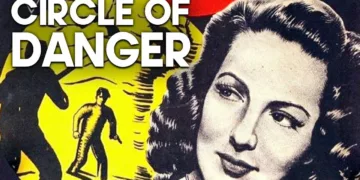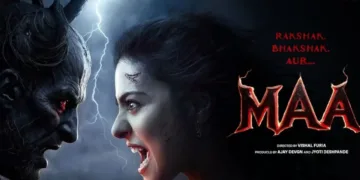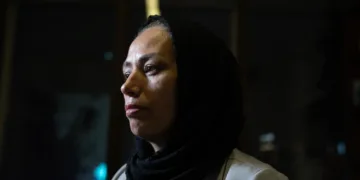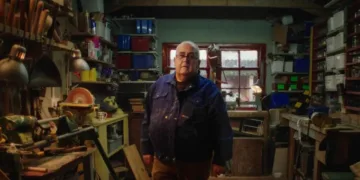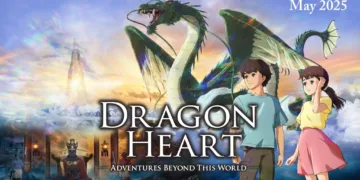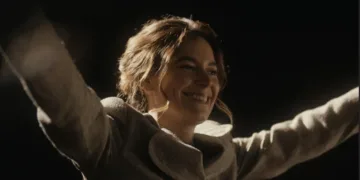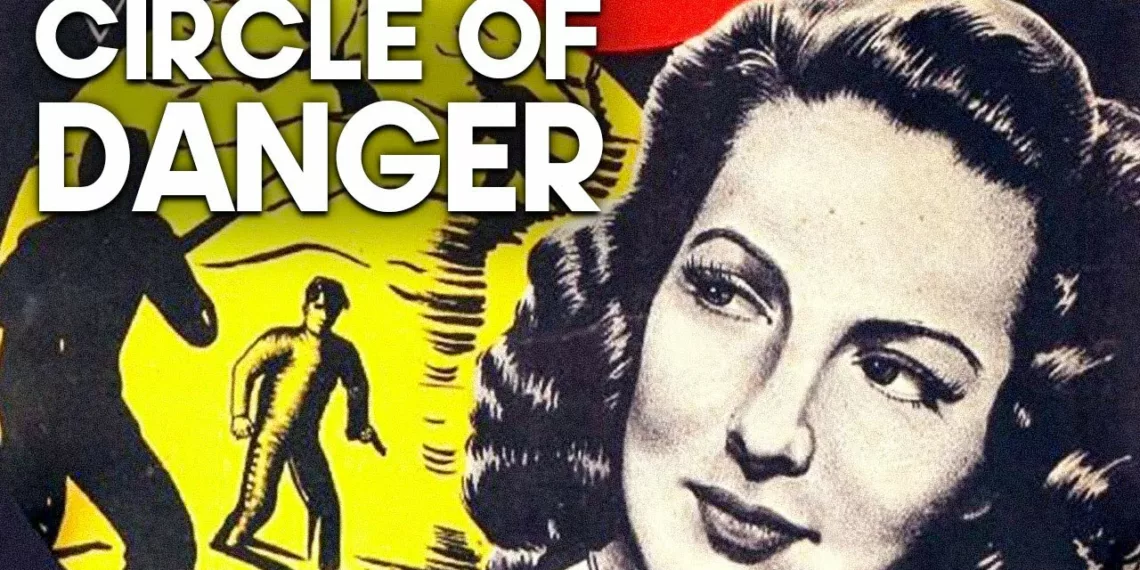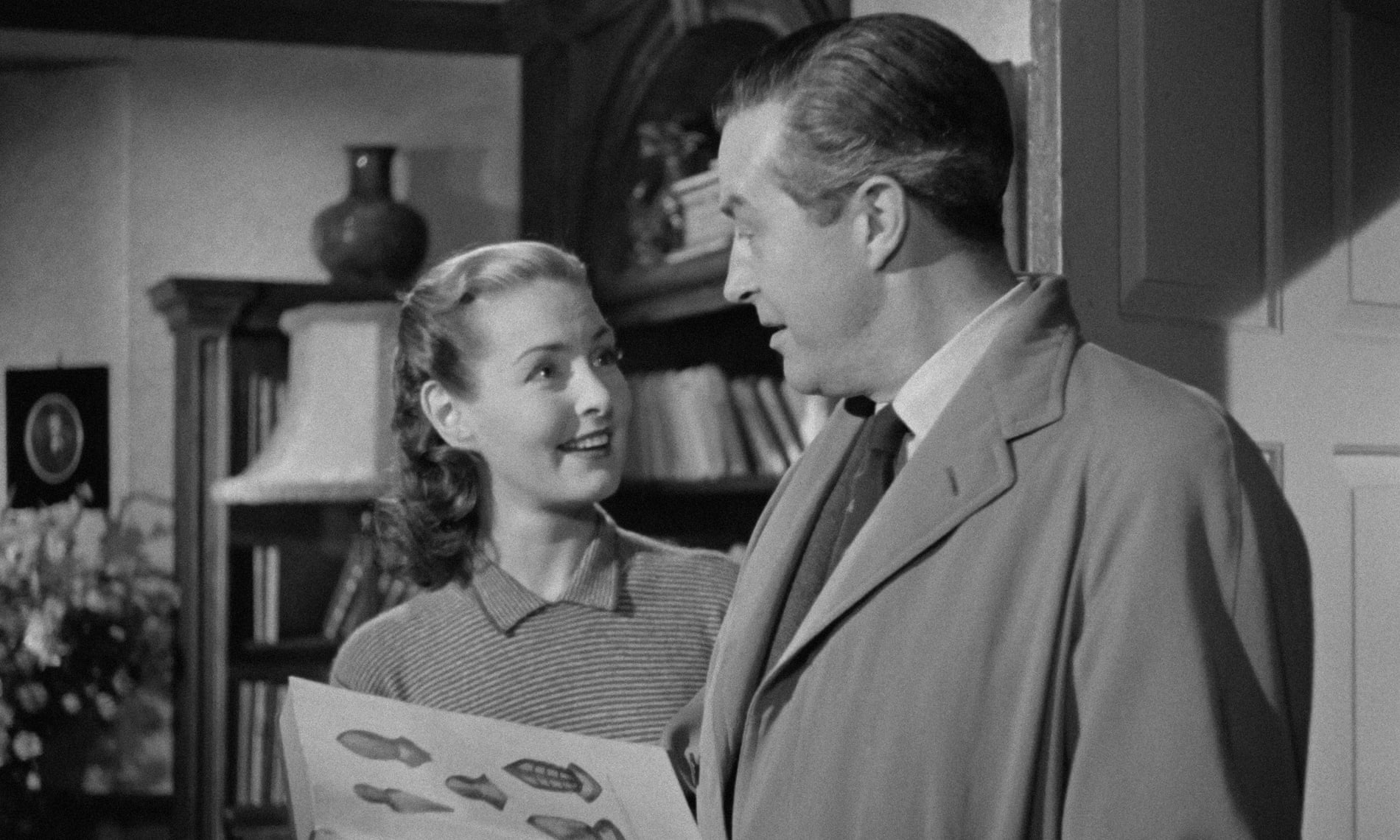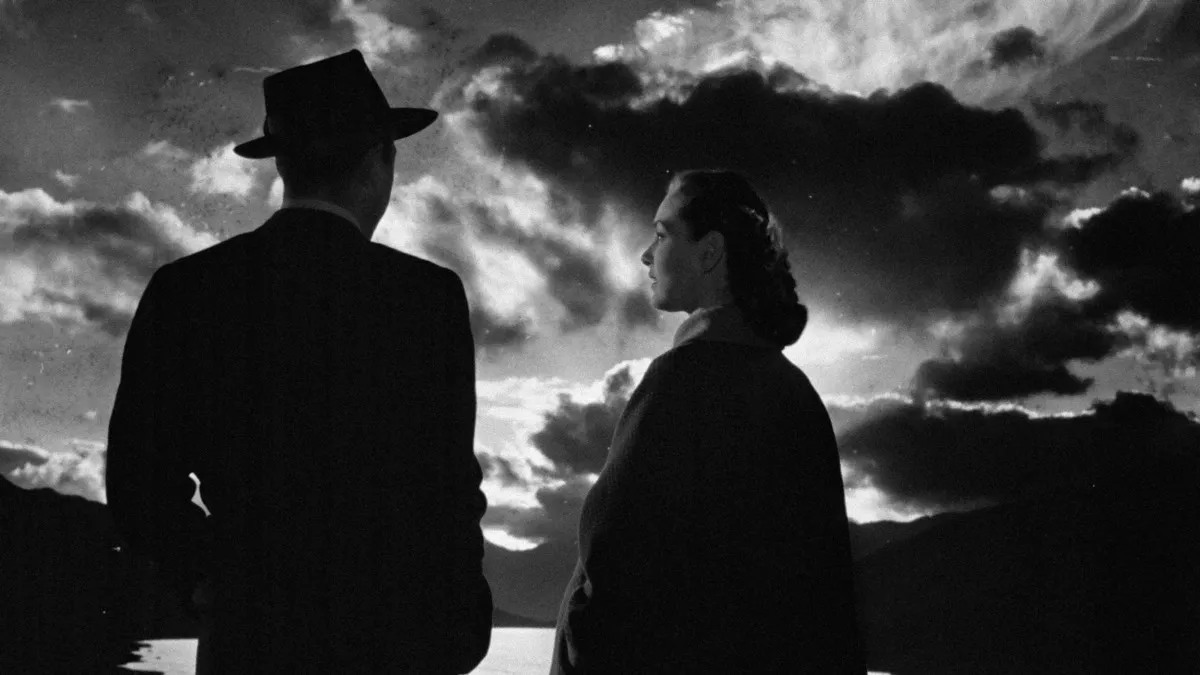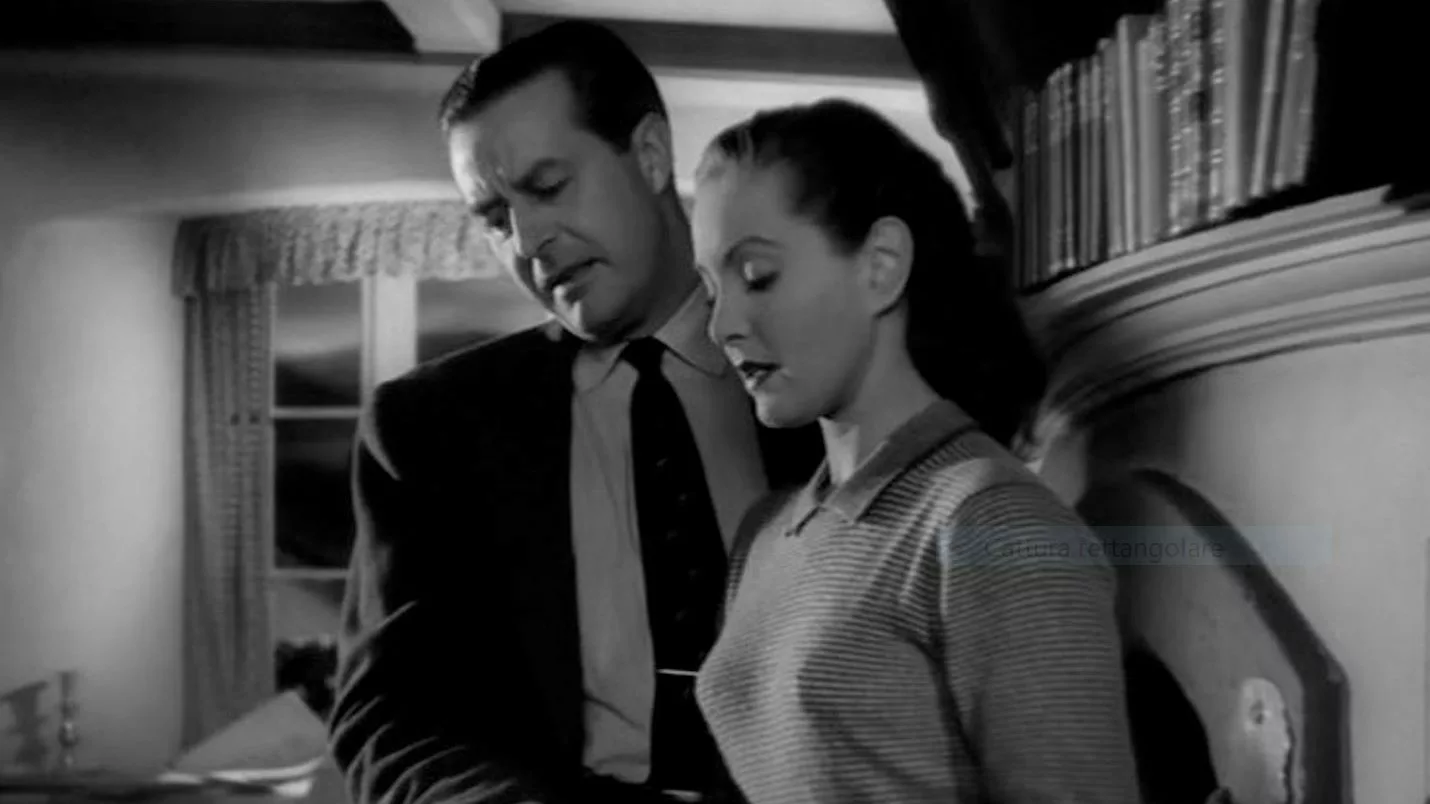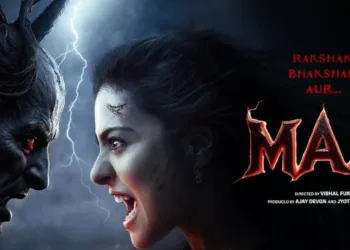Released in 1951, Circle of Danger is a subtly tense thriller directed by Jacques Tourneur, best known for his work in the horror and film noir genres. Tourneur deftly handles this story of an American named Clay Douglas, played with rugged appeal by Ray Milland, who travels to Britain seeking answers about his brother’s mysterious death during World War II.
Hank, Clay’s younger brother, had volunteered to fight with the British forces early in the war, tragically losing his life during a commando raid in France under ambiguous circumstances. Unconvinced by the official explanation surrounding Hank’s death, Clay suspects a cover-up and possible betrayal by one of Hank’s own comrades. Arriving in Britain, Clay begins piecing together clues about the ill-fated mission, questioning surviving members of his late brother’s unit.
While pursuing this solemn personal investigation, Clay manages to kindle an endearing romance with Elspeth, an appealing English author portrayed by Gainsborough actress Patricia Roc. Yet his deepening connection with Elspeth competes for Clay’s attention with his unrelenting drive to uncover the truth about Hank. As Clay navigates picturesque locales from London to the Scottish Highlands, he inches closer to a shocking revelation.
Seeking Buried Truths
As Circle of Danger unfolds, Clay relentlessly seeks information from the surviving members of Hank’s commando unit, hoping to illuminate the shadowy circumstances around his death. He tracks down the commanding officer, Hamish McArran, finding him frustratingly tight-lipped yet courteous as befits his officer pedigree. More eccentric and prickly is Sholto Lewis, now employed as an effete ballet director, who treats Clay’s inquiries with thinly-veiled contempt.
The most amusing interrogation subject proves to be Reggie Sinclair, a former intelligence officer scratched by the war but who now scrapes by as a wily used car salesman. Sinclair, played to perfection by Naunton Wayne of Hitchcock’s The Lady Vanishes fame, at first seems eager to deal Clay information…but only if Clay will buy an overpriced luxury car off his lot!
Weaving throughout Clay’s gradually progressing investigation is his burgeoning affection for Elspeth Graham, whose warmth and intellect have made her the subject of affection from other men besides Clay. This romantic entanglement heightens the film’s sense of mystery and tension, as Clay’s screwed-up dates and perpetual unpunctuality both frustrate Elspeth and distract Clay from pushing further in uncovering his brother’s fate.
While the supporting players add color, Milland commands the screen with his portrayal of a driven yet sentimental man who won’t relinquish his quest for the truth. We are invested in Clay’s solemn mission to honor his brother’s memory, so when Clay’s efforts culminate in a windswept, desolate confrontation with the guilty party, the reveal plays as nothing short of chilling.
Mood and Mystery
Circle of Danger establishes a hushed, brooding mood right from its opening frames. Rather than explosive action or rapid pacing, director Jacques Tourneur coaxes subtle tension from quiet moments, meaningful glances, and the secrets simmering beneath stiff upper lips. He patiently allows the mystery to deepen through Clay’s methodical detectivesque digging, layering clues and teasing out revelations much as his horror contemporary Alfred Hitchcock might have done.
Cinematographer Oswald Morris makes full use of the production’s on-location filming, lending cinematic flair to the damp streets of postwar London and the windswept rural landscapes of Scotland and Wales. One standout scene unfolds wordlessly, as Clay and Elspeth admire a lock nestled amid craggy highland vistas bathed in defused light. Such visual poetry offers a nice counterpoint to the story’s pervasive gloom stemming from wartime trauma.
While Circle of Danger feels more somber than the rollicking Hollywood fare of its era, it remains tightly constructed and rewarding in its focus on characters and mood over spectacle. Milland’s magnetic performance grips our attention despite the film’s hushed energy. And the muted tone makes the story’s horrific reveal in the stark, ghostly setting of the finale all the more shocking. Tourneur delivers a masterclass in the power of subtlety.
Wrestling with Wartime’s Moral Wounds
While on the surface a brooding mystery, Circle of Danger also touches on some weightier themes as it explores the lingering grief, secrets, and trauma of postwar Britain. Clay’s dogged quest to honor his brother stirs up relics of loss and moral injury from the recently concluded war.
And the revelations unearthed underline how unresolved inner wounds from wartime horror still festered beneath England’s image of resilience. Without sermonizing, the film subtly critiques the erasure of difficult history in the pursuit of national recovery and future prosperity.
As one character implores Clay to let the past remain buried, we are left to wrestle with the cost of privileged ignorance and whether true healing requires excavating shattering truths, however painful. Beyond its central intrigue, Circle of Danger managed to put its finger on still-relevant questions of collective conscience and moral obligation.
Harrowing Revelations
Circle of Danger builds towards a chilling climax as Clay finally extracts the truth about his brother’s demise from the guilt-ridden killer. Tourneur constructs an unbearably tense showdown as a group of clay’s bird hunting companions reveal their connection to Hank’s death through coded whistling. The remote location, shale-strewn and buffeted by shrieking winds, provides an ideal stage for this gut-wrenching confession. Clay confronts the cracking culprit as the camera cuts between tight facial close-ups, heightening the moment’s emotional intensity.
It’s a scene that encapsulates the film’s greatest strengths – simmering mood, textured characters, and a central mystery that intrigues right up until its grim revelation. Bolstered by Milland’s grounded lead performance and a strong supporting cast, Circle of Danger overcomes its meager budget through smart writing and Tourneur’s patient, elegant direction.
Fans of Hitchockian thrillers who don’t require breakneck pacing will find much to enjoy in this brooding, psychologically-rich tale. It may move at a measured clip, but Circle of Danger rewards those who appreciate sophisticated, character-based suspense and a stripping away of postwar euphoria to expose lingering societal unease. Offering alloyed pleasures for lovers of mystery and atmosphere, Circle of Danger deserves resurrection from the shadowy neglect of film history.
Circle of Danger emerges from the fog of film history on February 5, when this overlooked Tourneur gem regains visibility through digital platforms, DVD, and Blu-ray.
The Review
Circle of Danger
At just 86 minutes, Circle of Danger packs a surprising emotional wallop thanks to Jacques Tourneur’s firm directorial hand and a standout lead performance from Ray Milland. This underseen thriller simmers with secrets, trauma, and a central mystery that intrigues even as it devastates. Bolstered by fine supporting players and a sharp script, Circle of Danger overcomes its low budget to deliver an engrossing, psychologically rich tale in pure Tourneur style.
PROS
- Strong lead performance from Ray Milland
- Effectively brooding, suspenseful tone and atmosphere
- Tense and well-executed climax scene
- Smart, efficient storytelling packing much intrigue into 86 minutes
- Makes compelling use of UK locations
CONS
- Slow pacing may test some viewers' patience
- Supporting characters less developed
- Story complexity sacrificed for mystery at times
- Homophobic portrayal of one character
